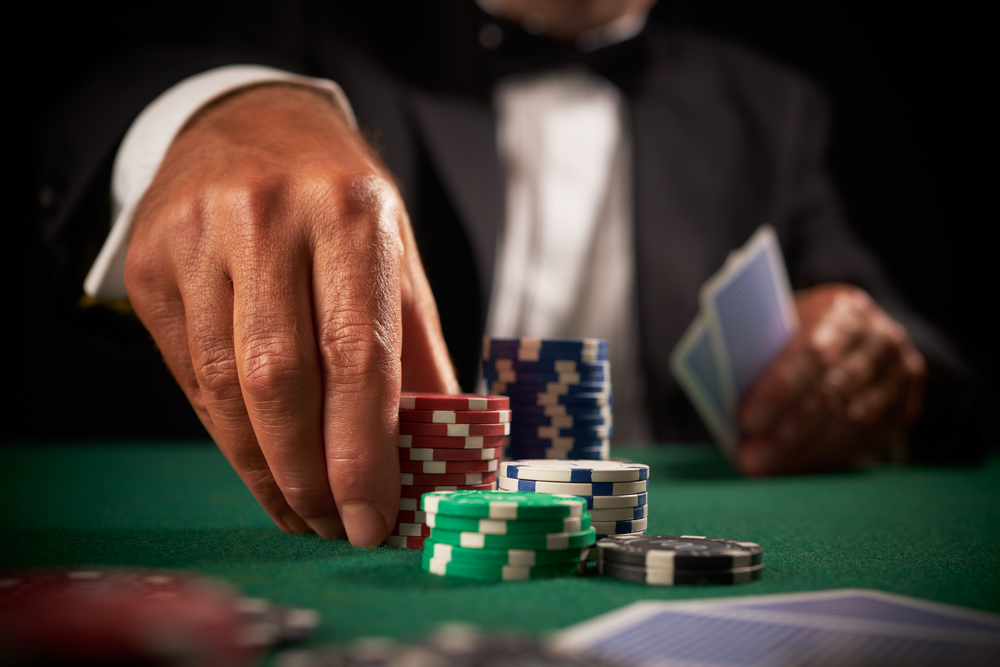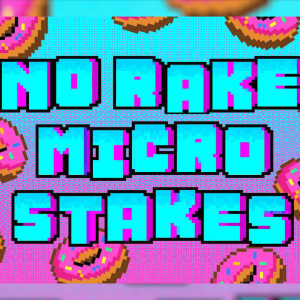How to Improve Your Post-Flop Play
9 years ago

15 Sep
Poker is a deliciously complicated game. With three post-flop streets at our disposal, we get plenty of opportunities to gain an edge over our opponents by reading the situation better than they can. With a huge range of possible moves - from open folding with showing one card to massively over betting the flop - it's always hard to determine which post flop line has the highest EV possible. There's always a room for improvement and it's very important to know what to look out for when making a decision about the way we should play our hand.
Preflop Play and Table Dynamics
Let's start with the topic of table dynamics. In order to determine how to proceed post flop, it's essential to figure out the 'how and why' of our preflop play. First of all, if you're just starting out or you're not sure about your post flop ability you might benefit from a very easy fix to your preflop ranges. Try to make it so the gap between your VPIP and PFR is as small as possible. If you're a 25/19 or 23/18 player you might be putting yourself in too many spots where you're on the defensive with a wide range. While those spots can be profitable, if you're a beginner you'll most likely benefit from a tighter and aggressive preflop approach like 22/20, 19/18 etc. With a tighter and more aggressive preflop style, you'll find yourself on the offensive and in position much more often which will make your life a whole lot easier.
Another important thing when it comes to improving your post flop game is being aware of the table dynamics. If you have a super aggressive light 3bettor behind you, you might want to go easy on the isolation raises, otherwise you'll be forced to defend with a wide range vs. those 3bets and that will bring you many post flop headaches. Speaking of isolation raises if you're raising the limp of a loose-passive opponent make sure you're choosing an appropriate range for that play.
Something like KJo will play much much better than pretty 75s. It's very easy to just go for value with a good top or second pair type hand and KJ will make a ton of those - 75s much less so. Another great example of setting yourself up for a good post flop situation is paying attention to call happy players behind you. While calling 33 vs. tight UTG opponent isn't really a dream scenario due to his range advantage if you have two recreational players behind you that are very likely to come along for the ride suddenly calling with 33 can put you in many great implied odds situations. Always pay attention to the preflop situation in order to improve the quality of post flop spots you find yourself in.

Backdoors and Blockers
Poker is a game of small edges that can add up very quickly. This is why it's very important to pay attention to things that can seem insignificant at the first glance like backdoor draws and blockers. If you're not sure if you should turn your 9s6s into a cbet bluff on a J54 board the presence of a spade among those three cards can make this decision a lot easier. Floating AsTd on a Qs9s5d is much more reasonable than floating AcTc on the same board due to the fact that you both have some backdoor draws and you're blocking the nut flush draw combinations.
In fact, every A-high board where the ace is the part of a potential flush or flush draw makes the flush draw combinations much less likely in the villain's range. Paying attention to blockers and backdoor draws can help you tremendously when it comes to making quality post-flop decisions.
Betsizing and Pot Management
Many players get into the habit of using 'standard' bet sizings like half, two-thirds or three-fourths pot without putting much thought into it. This makes it very easy to spot betsizing tendencies of other players and make some very powerful notes that can allow you to exploit those tendencies in the future. Next time you see the showdown against someone you often play against make a mental note of the sizing he used and the intention he was betting with. If he made a half pot value bet more than once and you paid enough attention to spot that you can make some very easy laydowns in otherwise close spots. Same goes for consistent bluff sizings, paying attention to those can allow you to make some impressive hero calls in the future. Lastly, make sure that you adjust your sizing based on a factor other than the strength of your hand. Otherwise, you'll be very easy to read by experienced players.
Pot management is another important part of a solid post-flop play. You should always think about how your current bet will affect the stack to pot ratio on future streets. For example, if you're holding a set on a dry board against a recreational player who won't really read into your sizing too much and who will call you with a wide static range of hands, you should really bomb the flop to make sure you'll be able to put as much money as possible into the pot before the river comes. If you're planning on making an epic three barrel bluff against the reg you have a long history with, make sure to size your flop and turn bets appropriately in order to prevent the situation when you only have 1/4-1/3 bet left in your stack by the river and you can't really put any additional pressure on your opponent.

Gameplan
The biggest improvement you can make to your post flop play will come from training yourself not to treat your preflop, flop, turn and river decisions in isolation but rather making them a part of your overall game plan. Ask yourself where the EV of playing a certain hand against a certain opponent comes from and act accordingly. For example, it's easy to just go through the motion and fire a cbet on a KJ8 board with 66 against a loose-passive player who's never folding, if you don't realize that your main game plan against that opponent is to rely on thin value bets.
Similarly, you might be tempted to float KsQs on an Ac7s9h board, but that won't be a great play against a nitty UTG player with 10% raise first statistic. Being aware of where the bulk of your EV comes from against a certain player in a certain situation will help you improve your post flop play tremendously.






Comments
You need to be logged in to post a new comment